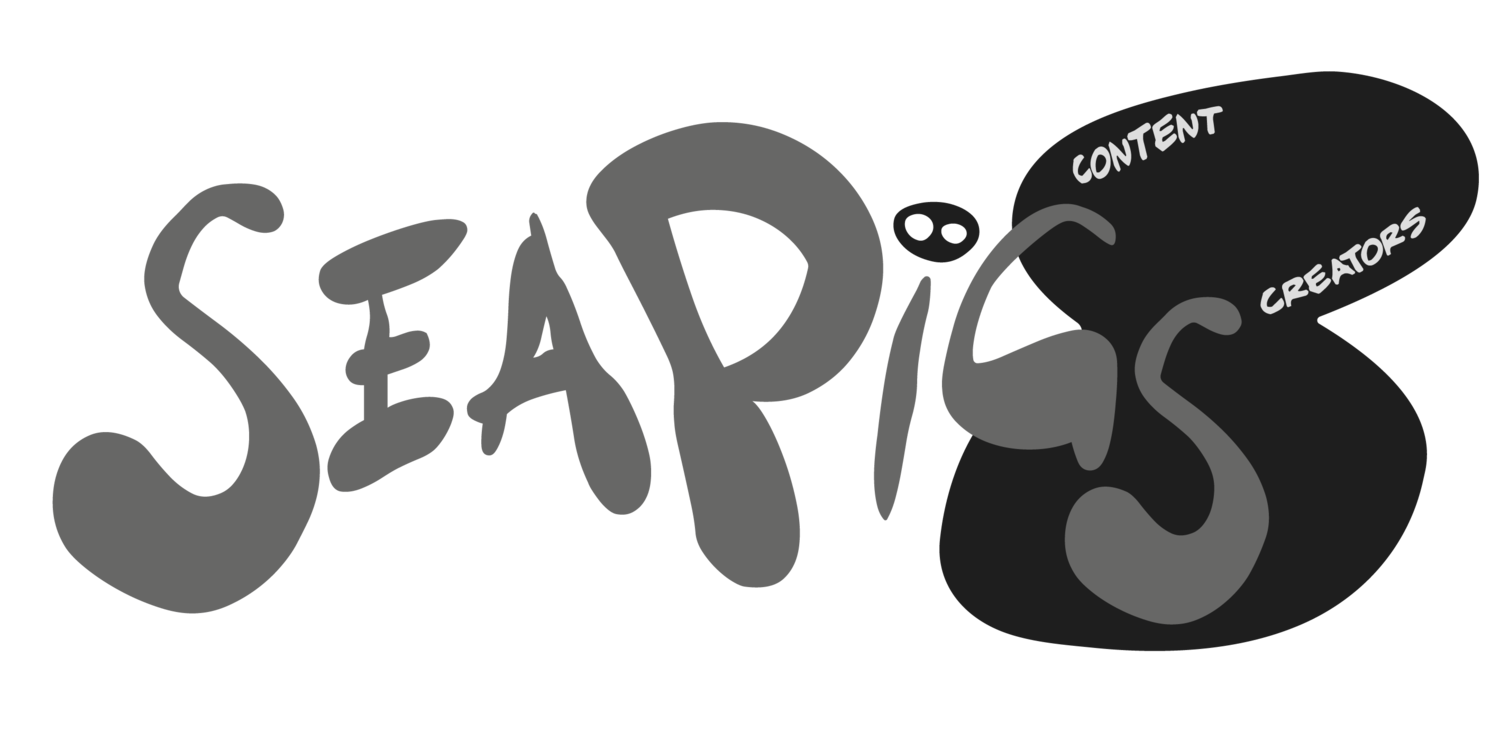Learn To Fail!
Creative Thinking & Problem Solving
Failure is critical to business success and we can demonstrate this by looking at the marshmallow Challenge. Understanding the marshmallow challenge helps you to understand the importance of using a rapid prototype model when creating a new product.
What IS Rapid Prototyping
The Marshmallow Challenge shows that failure creates success and proves why rapid prototyping works
Failing is essential to business success. In 2019 I gave a lecture to 140 Newcastle University marketing & business students, on The Marshmallow Challenge and how to improve Creative Thinking and problem solving.
The Marshmallow Challenge
This is a 4 person team-building activity where teams must compete to build the tallest free-standing structure with a marshmallow sat on top, in only 18 minutes.
Using only:
20 sticks of spaghetti
One meter of tape
One meter of string
One marshmallow
The Marshmallow Challenge emphasises group communication, leadership dynamics, collaboration, innovation and problem solving strategy. It is a design experiment that reveals deep lessons about teamwork, collaboration and project management.
What makes it difficult is the need for teams to organise, prototype and build the structure in the short time frame - only 18 minutes.
The results are astounding - children outperform MBA students & CEO’s.
Why?
Kids collaborate freely and naturally.
The kids team were free to make mistakes and start prototyping while their adult competitors were inclined to spend the majority of their 18 minutes discussing who is in charge - who does what and how. They were frantically trying to plan, structure and organise, but before that they all needed a leader. The children did not need a leader, they just played and got on with the task a hand.
Due to the long heated discussions (and no action) the adult teams were forced to spend only a couple of minutes actually getting the structure built. The adults only make on average 1 prototype, while the children make in excess of 30 different prototypes. The adults failed once and lost once. The children failed 29 times, but won in the end.
The children are not constrained by their experiences. When left to their own devices, they are inclined to develop completely fresh solutions to a central problem.
The children approach the problem in a way that is creative and cross-disciplinary, not linear and results focused (Yet, our educational system is largely constructed to teach in a way that is predominantly linear and results focused.).
Failure
Creates
Success
The main take away from this is don't be afraid to fail.
Failure is a part of learning and learning is the key to success, therefore, you could say that failure creates success. The children were not worried about failure and hierarchy. They simply tried, failed, learned, tried again.
They also did this autonomously, however, as they all failed, the others learned from not just their own failures, but the failures of the other 3 team members. The kids just played and experimented, all the while learning from their mistakes and building higher structures.
It's not about individual success
The children worked shoulder to shoulder and without much verbal communication. They all worked individually and as a team. Very much like bees or ants. A hive. It was not about individual success.
My personal takeaways from this research are:
Failure is critical. If you do not fail, you are unable to learn.
This attitude is very different from what we have been taught at school and beyond.
When making a new product or service look into rapid prototyping. I urge you to try it. It works in big and small businesses.
Rapid prototyping is basically imitating the marshmallow challenge. But where the challenge changes everyday.
Rapid Prototyping
Learn that your product development aim is to fail fast and fail often. On a daily basis your aim is to fail - find as many faults in the prototype as possible, fix them in design - and then make another - Repeat.
Fail fast - fail often.
Don't be afraid to fail. In fact - plan to fail, and then go again.
Pig hogs & kisses
INNOVATIVE & STRATEGIC COMMERCIAL CONSULTANT
SeaPigs8.com











